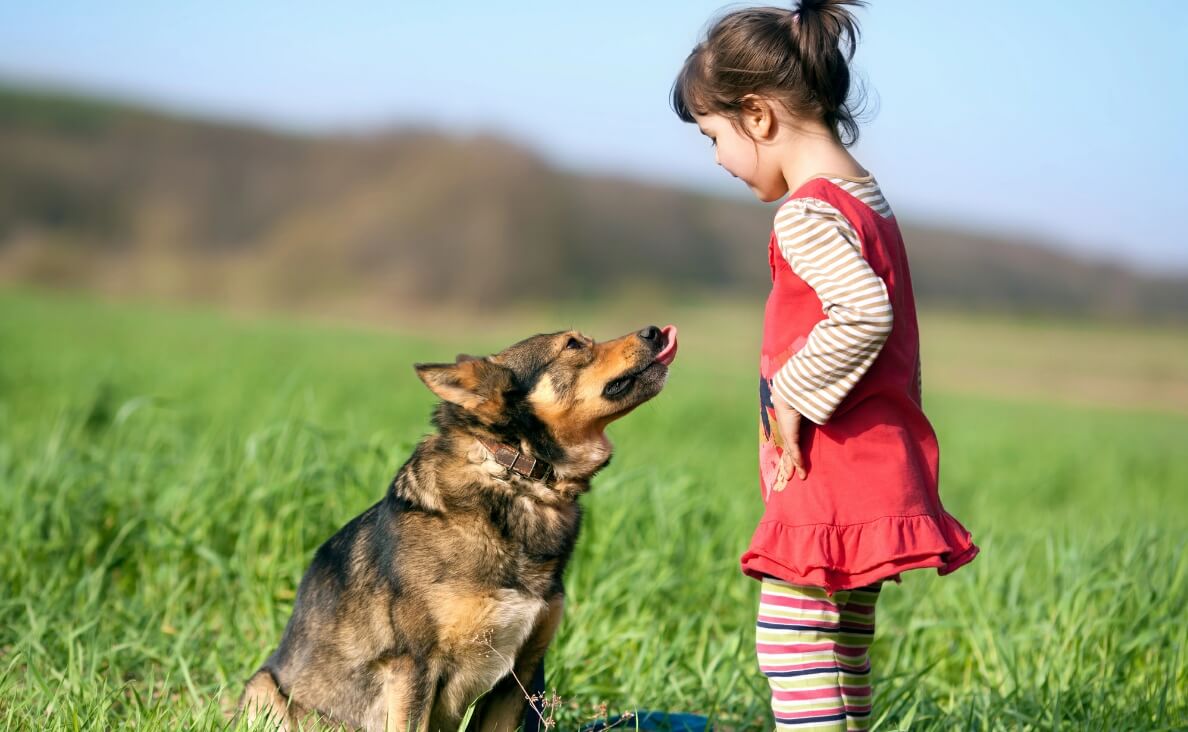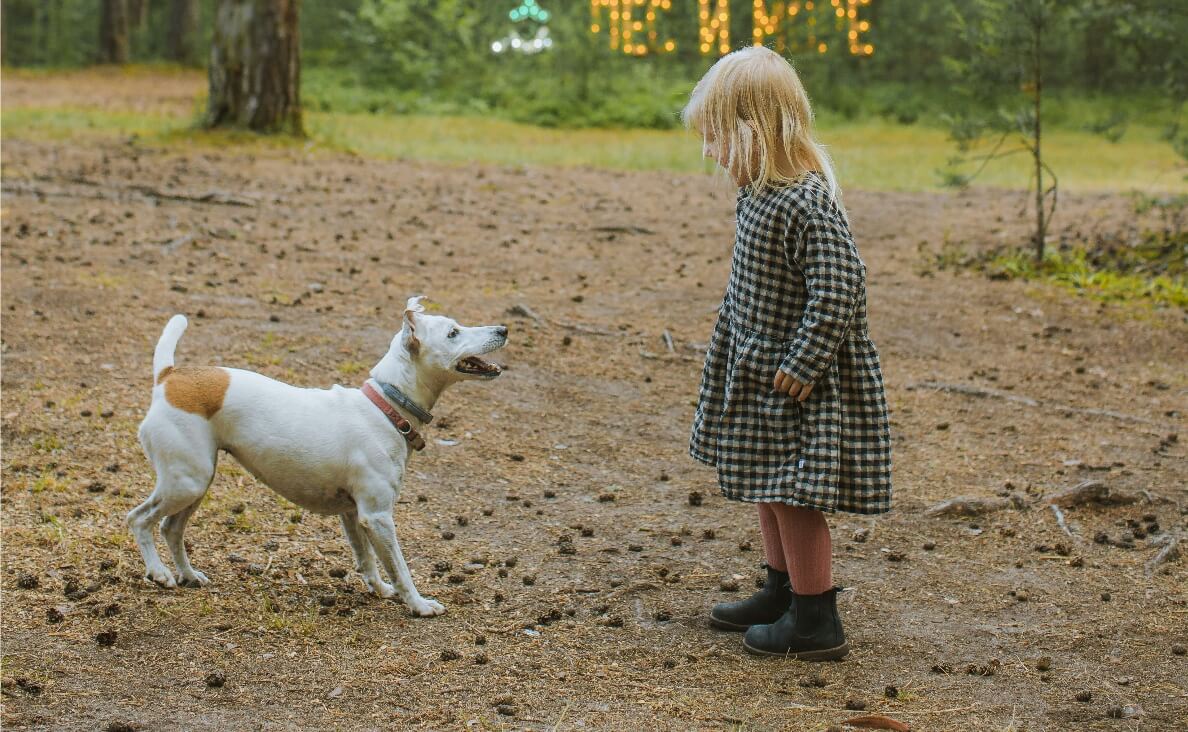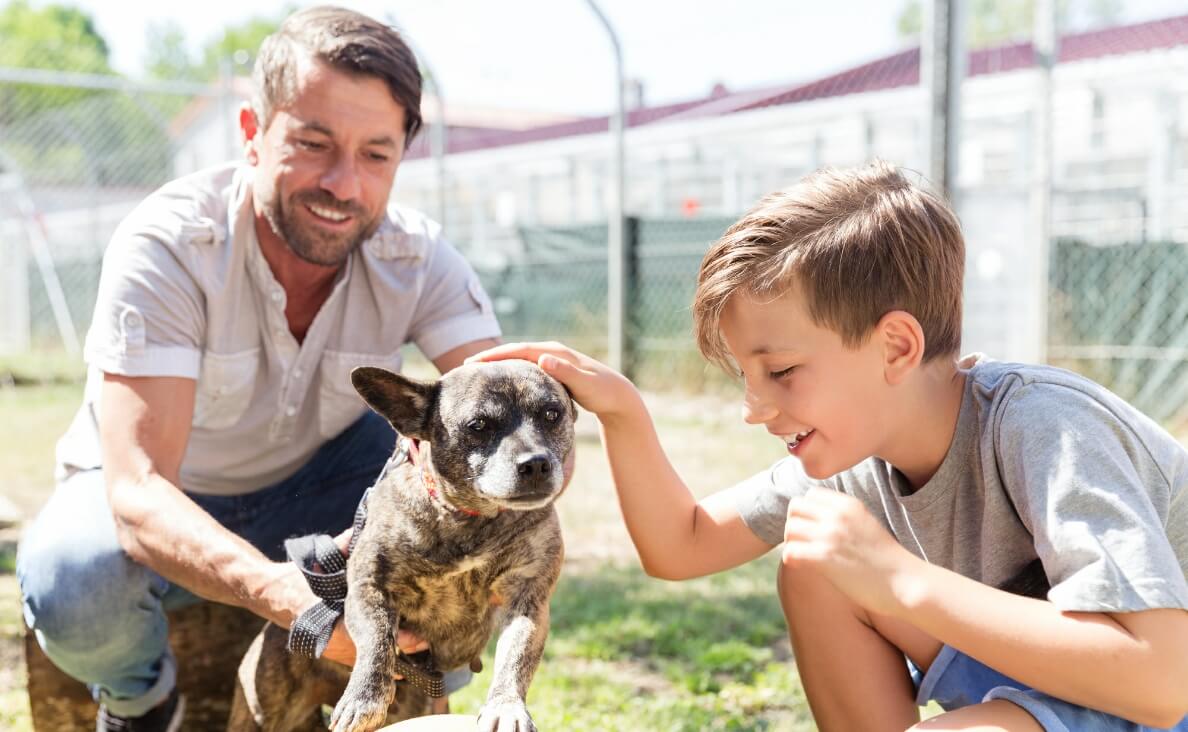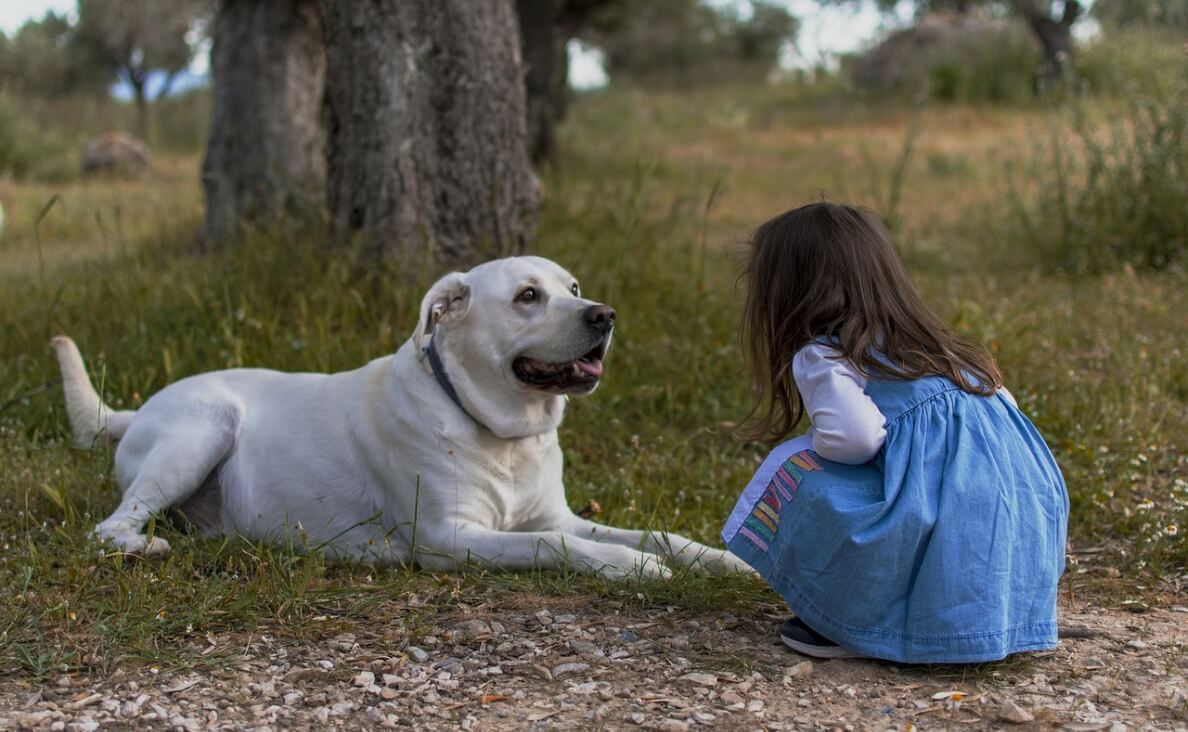
Teaching children how to interact with dogs they don’t know is a vital lesson in safety and empathy. In this guide, we’ll explore strategies and tips on how to teach kids to pet an unknown dog, ensuring that the experience is positive and safe for both the child and the dog. With a focus on understanding canine body language, asking for permission, and gentle petting techniques, we aim to cultivate respectful and loving interactions between children and dogs.
Understanding the Importance of Teaching Kids to Pet an Unknown Dog
Before diving into the how-tos, it’s crucial to grasp why it’s essential to teach kids to pet an unknown dog with care. Dogs, like humans, have personal boundaries and may react negatively if they feel threatened or uncomfortable. Teaching children the correct way to approach and pet a dog they don’t know can prevent potential bites or other aggressive responses, safeguarding both the child and the animal.
-
Start with a Conversation About Consent and Safety
The first step in teaching kids to pet an unknown dog is to have an open conversation about consent and safety. Explain to your child that not all dogs are comfortable with being touched, especially by strangers, and that it’s essential to ask the dog’s owner for permission before attempting to pet their animal. This discussion sets a foundation of respect for the animal’s feelings and boundaries.

-
Recognize the Dog’s Body Language
Educate your child on basic canine body language to help them understand how a dog might feel about being approached. A dog that is relaxed, with a wagging tail and a calm demeanor, is generally more receptive to being petted. Conversely, a dog that is growling, barking, or showing signs of discomfort, such as a stiff body or tucked tail, should not be approached. Teaching kids to recognize these signs will help them make safer choices when encountering an unknown dog.
-
Approach Slowly and Let the Dog Sniff You First
When teaching kids to pet an unknown dog, start by talking to the dog’s owner first. During the verbal exchange with the owner, let the dog approach you and your child. This step is a dog’s way of greeting and getting to know someone new. Once the dog seems comfortable, instruct your child to extend their hand slowly towards the dog, without making direct eye contact, which can be seen as a challenge in the canine world.
-
Pet the Dog Gently in Safe Spots
Once the dog has sniffed the child’s hand and seems comfortable, teach your child to pet the dog gently. Guide them to stroke the dog in safe spots, such as the back or chest, avoiding sensitive areas like the face, ears, and tail. Gentle petting not only ensures the dog’s comfort but also reinforces to the child the importance of treating animals with kindness and care.

-
Respect the Dog’s Space and Know When to Stop
It’s crucial to teach kids to respect a dog’s space and recognize when the dog has had enough. If the dog moves away or shows signs of wanting to end the interaction, instruct your child to step back and give the dog space. This lesson in respecting boundaries is valuable, not just in interactions with animals but in all social interactions.
-
Supervise Interactions at All Times
Even with the best instruction, children may not always remember or correctly interpret a dog’s signals. Therefore, it’s imperative to supervise all interactions between children and unknown dogs. Being present allows you to intervene if necessary, ensuring the safety of both the child and the dog.
-
Practice Makes Perfect
Like any skill, learning to safely and respectfully pet an unknown dog takes practice. Encourage your child to practice these steps under your guidance with dogs you know are friendly and comfortable with children. This hands-on experience will help reinforce the lessons and build your child’s confidence in interacting with dogs.
Related: Why Kids Who Have Dogs Are Happier

Final Thoughts
Teaching kids to pet an unknown dog with care and respect is an essential skill that fosters safe and positive interactions between children and animals. By understanding canine body language, asking for permission, approaching slowly, petting gently, and respecting the dog’s space, children can learn to safely and kindly interact with dogs they don’t know. Always remember the importance of supervision to ensure the safety of both the child and the dog. Through patience, practice, and guidance, we can teach our children to be kind, empathetic, and safe around all dogs, creating a foundation of respect and love for animals that will last a lifetime.
What has been your experience introducing children to a strange dog? What advice would you have for parents of young children? Please share in the comments below…

 How to Stop Dog Aggression Toward Other Dogs
How to Stop Dog Aggression Toward Other Dogs Can Dogs Eat Hot Sauce and Other Spicy Foods?
Can Dogs Eat Hot Sauce and Other Spicy Foods? Everything You Need to Know About Flying with Your Dog
Everything You Need to Know About Flying with Your Dog 20 Uncomplicated Do’s and Don’ts for House Training Your New Puppy or Dog
20 Uncomplicated Do’s and Don’ts for House Training Your New Puppy or Dog What Are Smart Dog Collars?
What Are Smart Dog Collars?






Leave a Reply